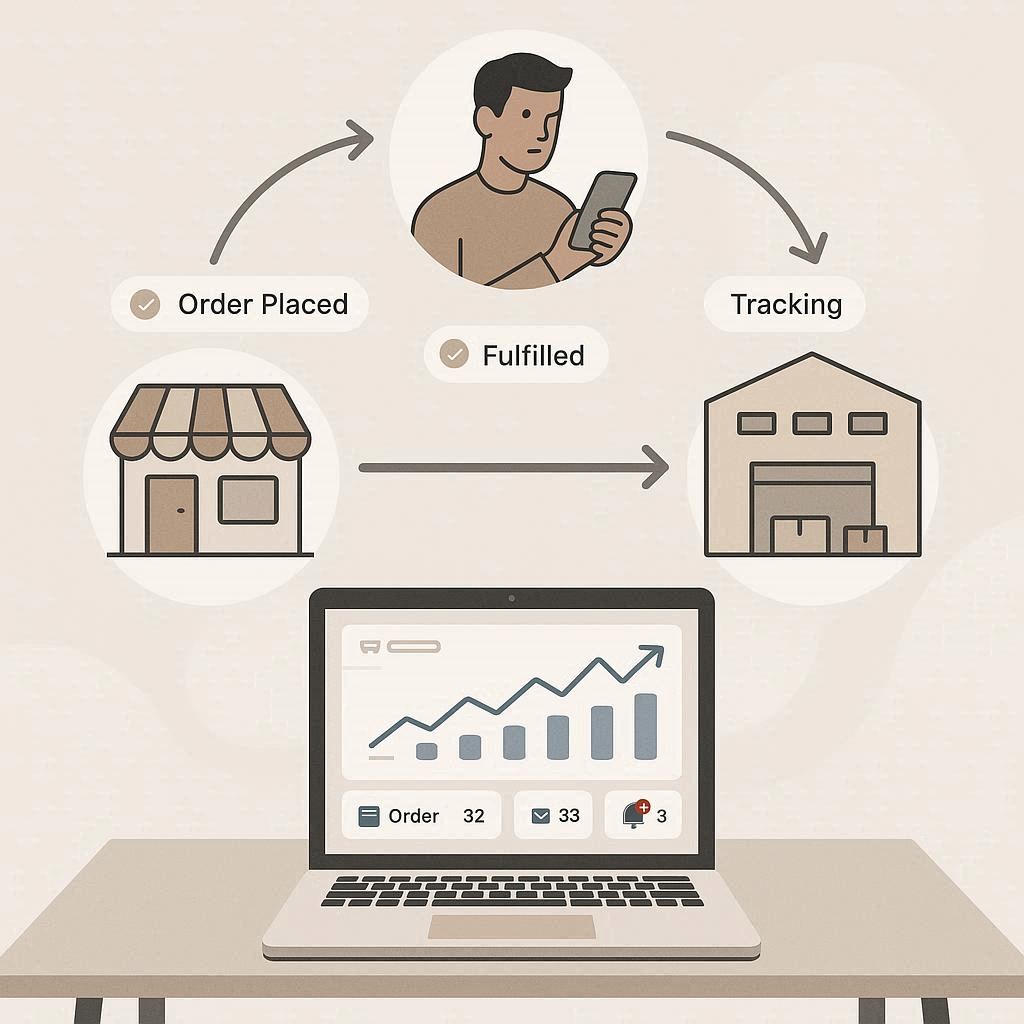As ecommerce evolves, creators and entrepreneurs continue searching for flexible ways to launch products without large upfront investments. Print-on-demand (POD) has emerged as one of the most accessible solutions. Instead of purchasing inventory in advance, sellers upload their designs, choose products, and rely on a third-party service to fulfill orders as they come in. This model reduces risk, keeps overhead manageable, and offers room for experimentation in a competitive marketplace.
In recent years, the number of POD platforms has expanded significantly. Each one provides slightly different tools, product offerings, and integration options. For new sellers, navigating this landscape can feel complex. Understanding what separates these services helps clarify which platform fits a particular business model. Factors like print quality, shipping locations, fulfillment times, and customization features all influence long-term performance.
One of the most important aspects of choosing a POD partner is evaluating production capabilities. Some companies specialize in apparel and accessories, while others focus more on home goods or custom décor. The physical printing technology—such as direct-to-garment, sublimation, or embroidery—also contributes to the final product’s feel and durability. Creators who prioritize consistent color accuracy or premium materials may gravitate to platforms known for craftsmanship, whereas high-volume sellers might prioritize automation and streamlined workflows.
Integration options play a major role as well. Many POD services connect directly with major ecommerce platforms like Shopify, WooCommerce, and Etsy. Smooth automation helps avoid manual order handling, allowing businesses to scale more easily. Some platforms offer additional tools like product mockup generators, analytics dashboards, or branding customization for packaging. These features help sellers present a more cohesive brand experience without managing logistics themselves.
Another essential consideration is geographical coverage. Fulfillment centers in multiple regions reduce shipping times and costs for customers. This can have a significant impact on conversion rates, especially for international audiences. While some POD providers operate globally, others concentrate on specific markets, making it important for sellers to align their target audience with a provider’s main shipping zones.
Finally, transparency and reliability often determine long-term satisfaction. Clear pricing, predictable fulfillment schedules, and responsive customer support all contribute to smoother operations. Because sellers rely heavily on a third party to deliver their products, trust becomes a central component of the partnership.
For a deeper look at the landscape and comparisons among today’s top services, many entrepreneurs explore curated lists of the best print on demand companies to better understand the strengths and limitations of each platform. These resources help creators make informed decisions as they grow or refine their online stores.


